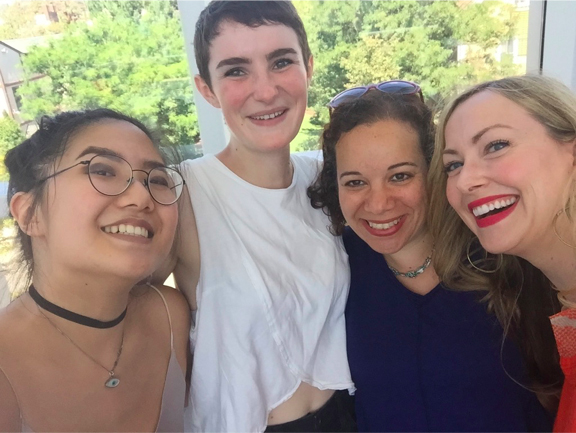Behind the Scenes
Behind the Scenes
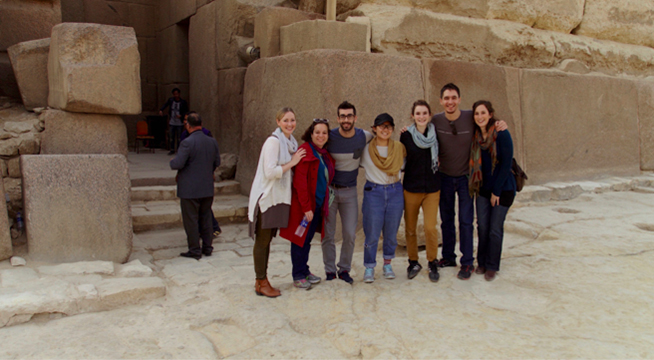
The Lissa team visits the pyramids in Egypt, January 2016. Pictured from left are Coleman Nye, Sherine Hamdy, Forrest Kolaski, Sarula Bao, Caroline Brewer, Franceso Dragone, Alice Larotonda. Photo taken by tour guide.
Extras
In this section of the website you will gain insight into the large number of collaborators and consultants that helped the team to make the graphic novel, the documentary and the website come to life. You will have an opportunity to listen to some reflections that the filmmaker collected along the way:
AN OUTSIDER’S PERSPECTIVE
Interview with Marc Parenteau
In this short clip, Marc Parenteau, who did the lettering for the graphic novel, explains how he came to work with Prof. Hamdy and the rest of the team. Initially an outsider, he became more and more involved in the project, bridging the gap between the medical anthropology content and comic writing. His expertise was invaluable in the shaping of the final script, which differed considerably from the first draft. Creating a graphic novel can be a challenging endeavor. Marc explains the process of breaking it down into steps in order to avoid being overwhelmed.
GROWING UP TOGETHER
Interview with Caroline Brewer and Sarula Bao
In this clip, Caroline Brewer and Sarula Bao, the two illustrators of the graphic novel, reflect upon the work involved in transforming the rough first draft into the final script. Throughout 2016, and after returning from their transformative trip to Cairo, in which they experienced Egypt at a more personal level, and spoke with many local people, the script was almost completely redone.
ILLUSTRATOR CONSULTANTS IN CAIRO
Interview with the Elgamal Brothers
In this short clip, Mazen and Yamen Elgamal, two illustrators and cartoonists based in Cairo, explain their understanding of the project. The two brothers spent an entire day with the LISSA team, showing them around Cairo. They exchanged ideas and opinions on the first draft of the script, reaffirming some elements while making new suggestions for others.
ON THE ACCESSIBILITY OF COMICS
Interview with Khalid Wad Albaih and Prof. Sherine Hamdy
In this short clip, Khalid Albaih, the founder of “Khartoon!” reflects with Prof. Sherine Hamdy upon the role of images, graffiti and comics during the Arab Spring. Khalid is a Sudanese cartoonist living in Doha, Qatar. His stark, politically-charged images rose to prominence during the early stages of the Arab Spring protests.
Documentary Film
Filmmaker: Francesco Dragone
Francesco Dragone, Director of The Making of Lissa
Francesco Dragone is a documentary director, cameraman, and editor. He holds an MA in visual and media anthropology from Freie Universität Berlin (GER), and he has more than seven years experience in the field as a cameraman and editor. Francesco’s work focuses on a vast range of subjects with a particular orientation to biographic and experiential narration. Francesco grew up in a rich artistic environment and started traveling at a very young age. His passion for theater and cinematography and his love for travel and adventure contributed to shaping his professional trajectory towards visual anthropology. Francesco lived and worked in several European cities before landing in Providence, Rhode Island, where he is currently based.
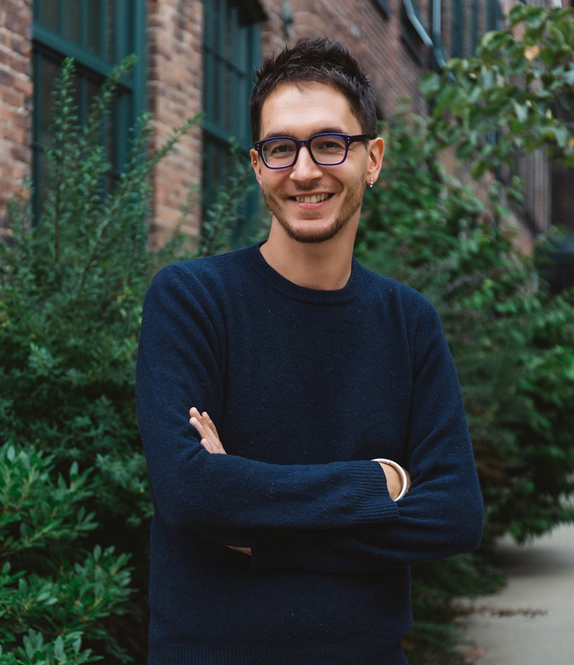
Francesco Dragone, Director of LISSA Behind the Scenes and Website Developer. By Brittany Taylor Photography, 2016
Behind the Scenes
Animation: Yasemin Orhan, Krissy Pelley
Yasemin Orhan is a senior open media student at the Rhode Island School of Design. Her short film Weaving Together: Design, Innovation and Cultural Development, filmed in Sri Lanka, explores the creative environments when students, university faculty, craftspeople, artists, and designers collaborate. It was titled the “Best Student Documentary” at the 2016 Kolkata International Shorts Film Festival in Kolkata, India. Her work can be viewed on Vimeo [https://vimeo.com/170195716].
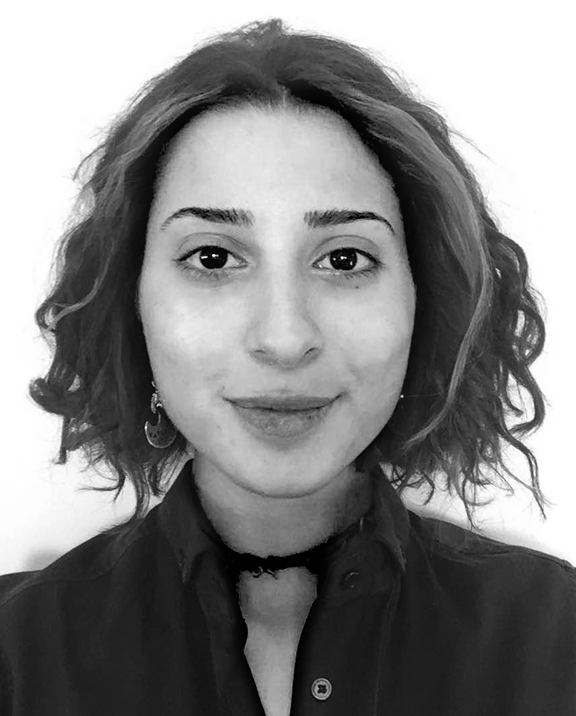
Yasemin Orhan. Photo by Yasemin Orhan, 2016.
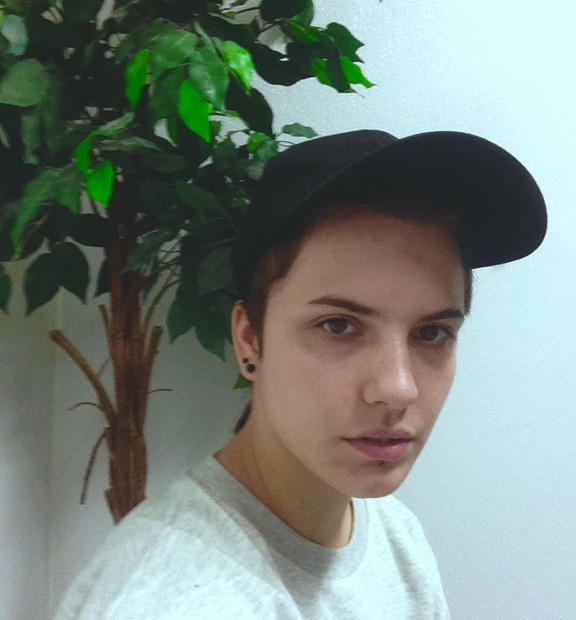
Image care of Krissy Pelley.
Artwork: Sarula Bao, Caroline Brewer
Sarula Bao, Illustrator
Sarula Bao graduated from Rhode Island School of Design in 2016 with a BFA in illustration. Based in Brooklyn, New York, she explores in her sequential work the queer Chinese-American experience. She loves dogs and fun!!
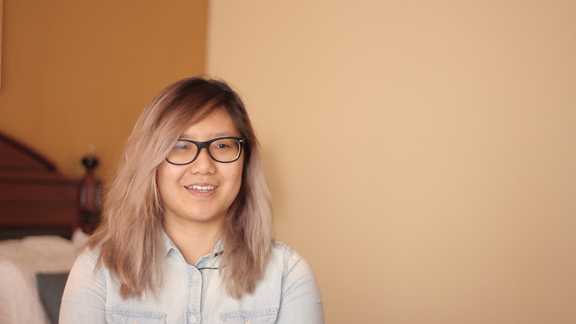
Sarula Bao. Photo by Francesco Dragone, 2016.
Caroline Brewer graduated from Rhode Island School of Design in 2016 with a degree in illustration and a concentration in literary arts and studies. Along with Marianne Khalil, Brewer is the author and illustrator of Autodesk’s science fiction anthology FOUR.
Currently living and working in Brooklyn, New York, Brewer explores themes of childhood, gender, love, and the magically real.
Peppermint is their favorite flavor of ice cream.
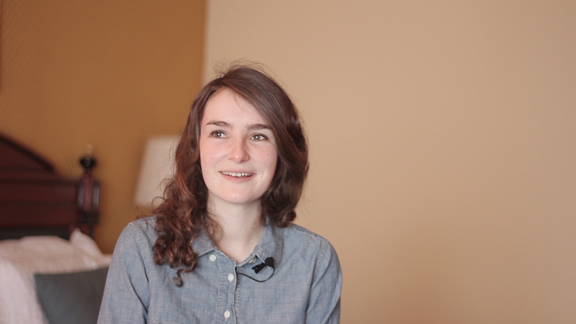
Caroline Brewer. Photo by Francesco Dragone, 2016.
Writers, Publishers, and Contributors: Sherine Hamdy, Coleman Nye, Anne Brackenbury
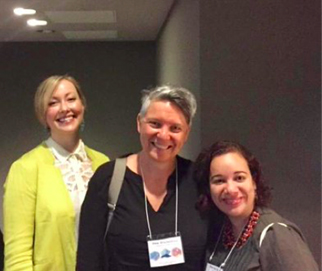
Coleman Nye, Anne Brackenbury, Sherine Hamdy (from left to right) presenting their ideas for Lissa and the ethnoGRAPHIC series at the Comics and Medicine conference at the University of California Riverside, July 2015.
Sherine Hamdy is an associate professor in the Department of Anthropology at the University of California, Irvine. She joined the faculty there in July 2017, after serving as a professor at Brown University for eleven years. She is the author of Our Bodies Belong to God: Organ Transplants, Islam, and the Struggle for Human Dignity in Egypt (University of California Press, 2012) and is currently coauthoring, with Soha Bayoumi (Harvard) a manuscript on the role of doctors in the popular uprisings that took place in Egypt from 2011–2013. She is also working on a young adult graphic novel, under contract with Penguin Random House, which tells the coming of age story of a Muslim American girl.
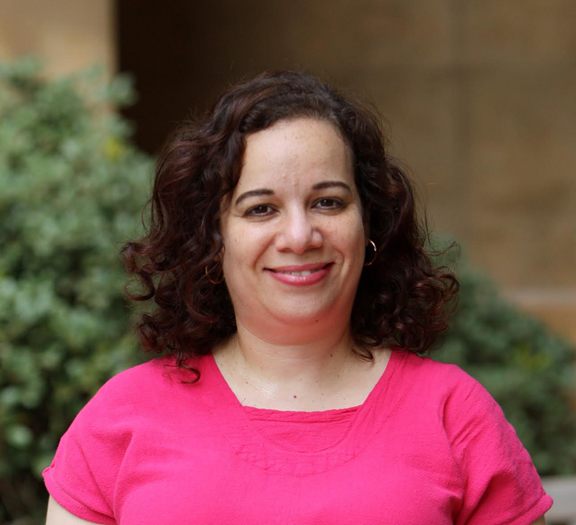
Sherine Hamdy. Photo by Heather Ashbach, 2017.
Coleman Nye is an assistant professor in the Department of Gender, Sexuality, and Women’s Studies at Simon Fraser University. Her current book project, Speculative Science: Gender, Genetics, and the Futures of Life, examines the performative dimensions of breast and ovarian cancer genetics in the contemporary United States. Her work has been published in TDR: The Drama Review and Women and Performance. She holds a PhD in theatre and performance studies and an MA in anthropology from Brown University. She teaches and researches on a range of topics related to technoscience, art, and culture, and has a background in theater and performance. She was born and raised in Virginia, but now lives in Vancouver, BC.
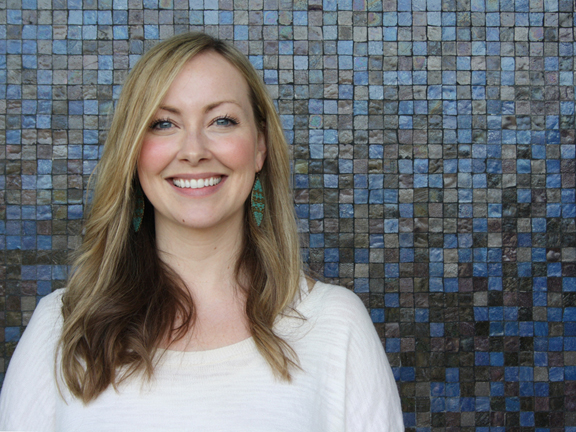
Coleman Nye. Photo by Christine Lyons, 2016.
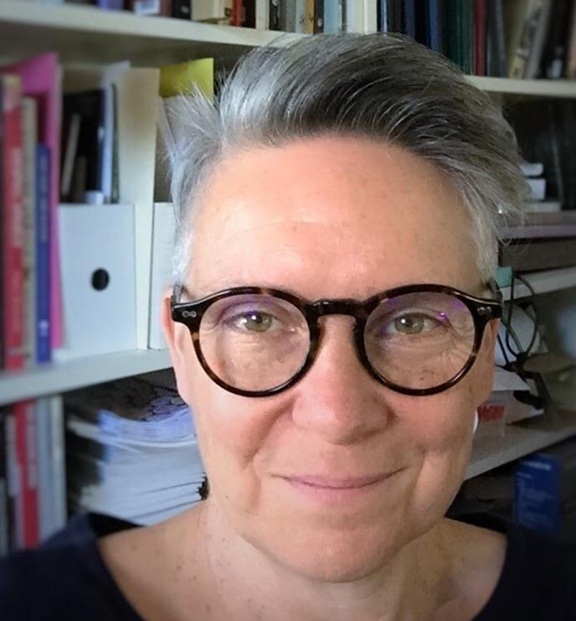
Anne Brackenbury. Image by Sue Carter, 2016.
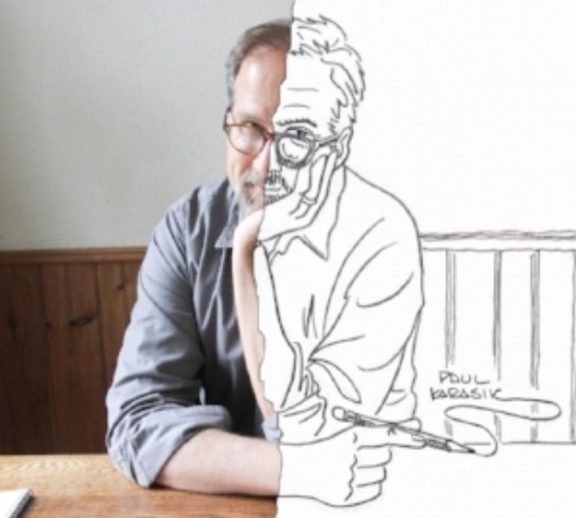
Paul Karasik. Image by Ivy Ashe and Paul Karasik. Reproduced with permission from https://www.paulkarasikcomics.com/about/.
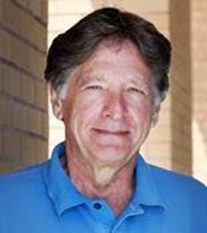
George Marcus. Reproduced with permission from http://faculty.sites.uci.edu/georgemarcus/.
Visual Coaching: Marc Parenteau
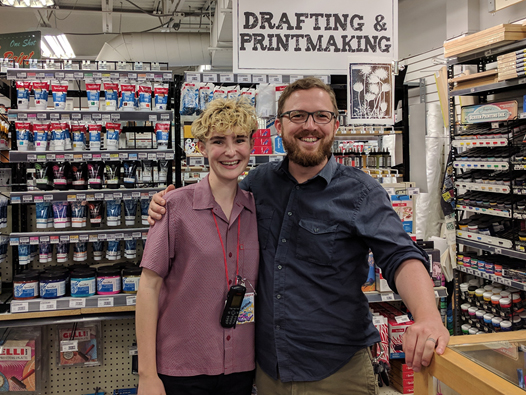
M. Parenteau (right) and C. Brewer (left) meet in person for the first time in Denver, CO, August 2017, after having worked together for a year.
Marc Parenteau is a California-based cartoonist. His work has been published by The Atlantic, Fusion, and Narratively. He is currently working on a book of graphic nonfiction about life in and around Ulaanbaatar, Mongolia, and the effects of global climate change.

Egyptian Interlocutors/Inspirational Characters

Photo of Ganzeer reproduced with permission from http://www.ganzeer.com.
Ganzeer is a multidisciplinary maker of things he refers to as “Concept Pop,” a kind of cultural insurgency that can be seen in his wide-ranging artistic output, be it installations, prints, traditional paintings, videos, objects, guerrilla actions in public spaces, or even comix. (See the essay published in The Cairo Review of Global Affairs entitled “Concept Pop.” His current project is a sci-fi graphic novel titled The Solar Grid, which earned him a Global Thinker Award from the magazine Foreign Policy in 2016. (See “The Chroniclers: Ganzeer,” FP Global Thinkers 2016.)
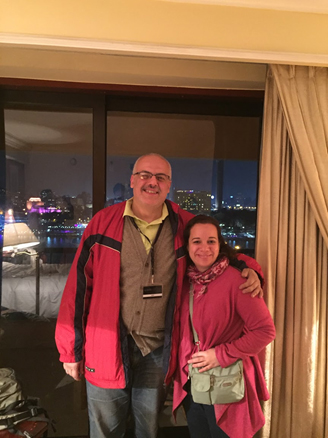
Dr. Amr Shebaita with Sherine Hamdy in January 2016. Photo by Francesco Dragone.

Dr. Amr Shebaita in his office at Tahrir Doctors. Photo by Elizabeth Rappaport, 2013.
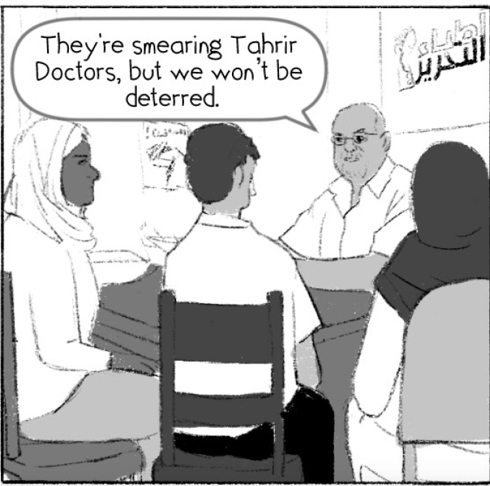
Dr. Amr is a cofounding member of Tahrir Doctors, which played a vital role in organizing and coordinating medical volunteers in the makeshift field hospitals. A major tenet of Tahrir Doctors, as Dr. Amr’s character states in the book, is to provide first aid to whoever is in need, regardless of political affiliation. Dr. Amr and the Tahrir Doctors were committed to cataloguing and reporting injuries sustained during protests, as a way to hold the political regime responsible for its brutal attacks on Egyptian civilians. Like Dr. Dina, Dr. Amr met with the Lissa team and was an important collaborator, giving insightful feedback on early drafts of the story.
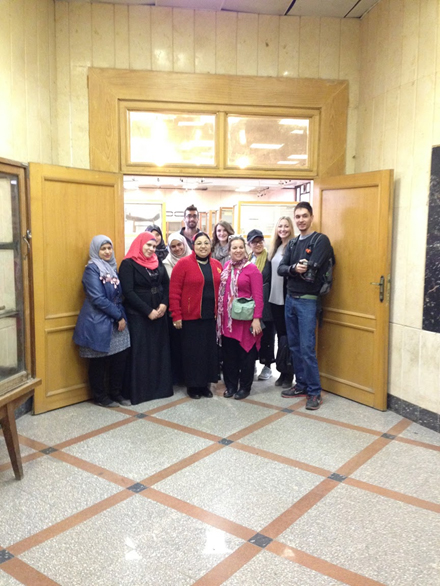
Photo of the Lissa team with Dr. Dina Shokry and her medical students, January 2016, at Cairo University Medical School.
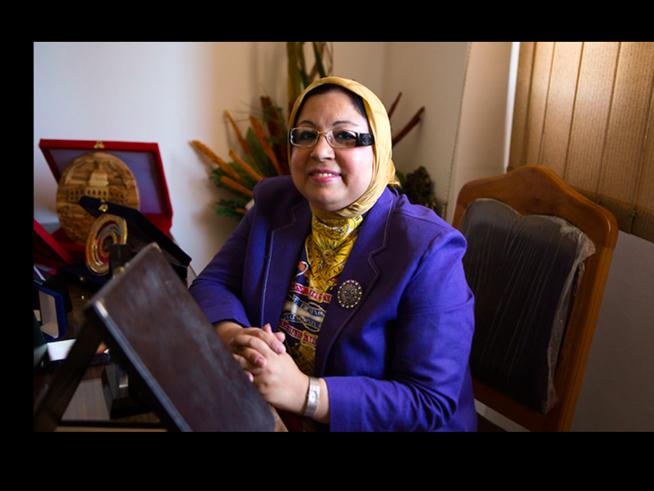
Dr. Dina Shokry. Photo by Elizabeth Rappaport, 2013.
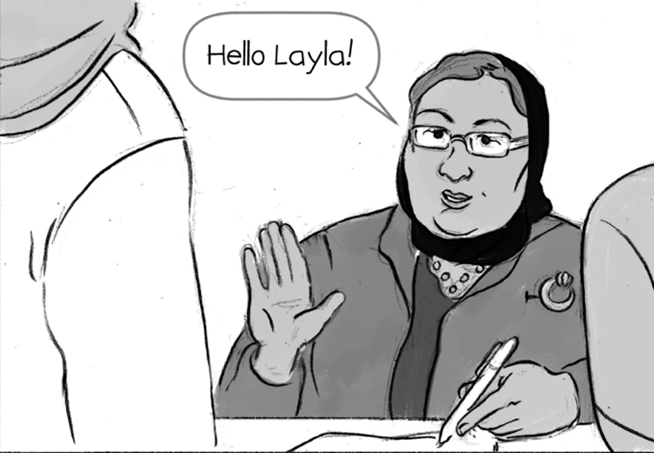
Dr. Dina Shokry is head of the Forensic and Toxicology Department at Kasr el Aini Hospital. Dr. Dina is a renowned scientist who is also extraordinarily generous and accessible to her medical students. She holds her students to high standards as they work toward applying their medical skills to helping ordinary Egyptians, particularly those most vulnerable and least capable of advocating for their own rights. As a forensic doctor, she plays an important role in documenting the cause of injuries and the role of environmental toxins in disease vulnerability. She met with the authors and illustrators of the Lissa team during their field research in Egypt, and provided valuable feedback and inspiration.
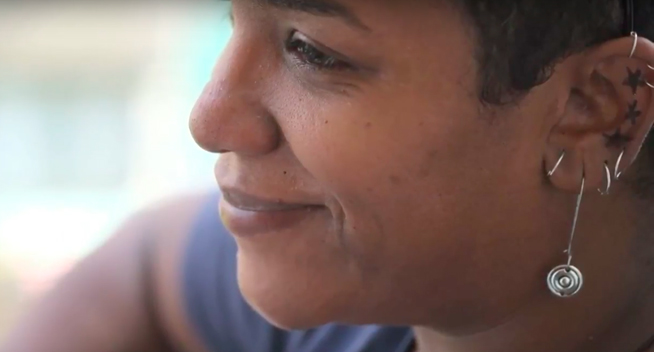
Still from Reem’s video testimony, available from the Women and Memory site.
Reem is a human rights coordinator who worked at the feminist organization El Nazra in Cairo to provide support for survivors of sexual assault. As part of a women’s oral history project organized by the Women and Memory Forum, Reem shared in an archived video testimony her experiences of the Egyptian Revolution and its aftermath. Reem’s compelling story offers powerful insights into the complex blend of excitement, solidarity, and violence many women experienced in Tahrir, and we are honored to incorporate her perspective into the book.
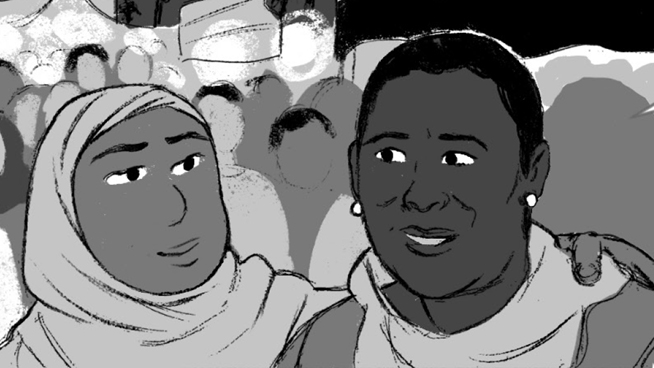
“Reem’s Testimony,” Women and Memory, 1995–2015.
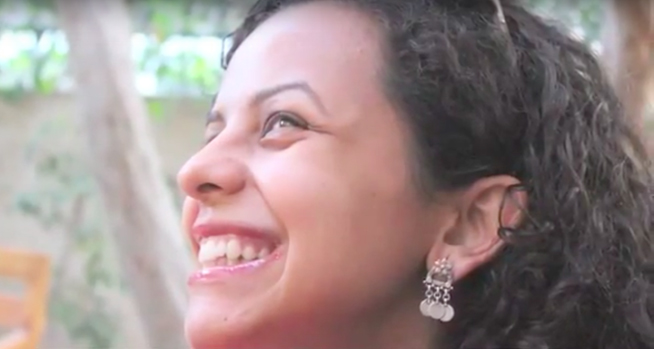
Still from Alia’s video testimony, available from the Women and Memory site.
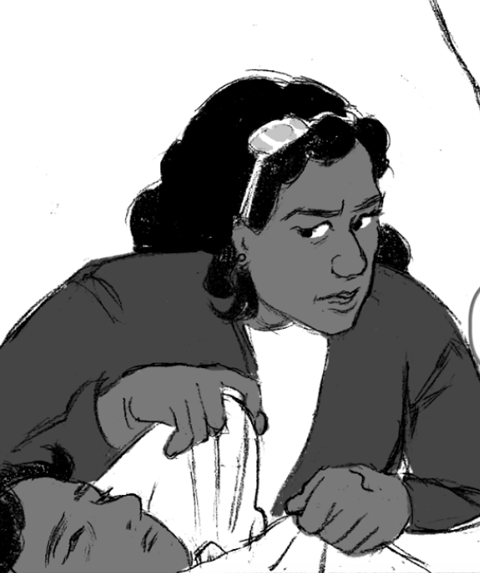
Morgues and Homes of Missing Persons’ Families: Here, Anna’s world in the United States and Layla’s world in Cairo converge through a shared investment in revolutionary hope and justice. Anna helps Alia Mossallam to identify the martyred revolutionaries—some of whom Layla has treated, such as the young boy in the morgue—and to locate the missing to document their deaths and to provide peace to their families.
Alia Mossallam is currently a faculty member in political science and history at the American University in Cairo. She is also the founder of “Ihky ya Tarikh”—a series of workshops on the social and political histories of marginalized communities in Egypt. During the revolution, Mossallam engaged in the important and difficult work of trying to locate missing persons. In 2011, she wrote a poignant article in the Egypt Independent about her experience in a morgue in Alexandria (“Remembering the Martyrs,” June 29). Mossallam’s powerful narrative is the basis for the scenes in the morgue in which Layla locates the boy she had been treating in Tahrir and meets a bereaved mother lovingly seeking her dead son. It is also worth quoting a passage from the article that beautifully aligns with the sentiments about risk and hope voiced by Anna and Layla in the final pages of the graphic novel: “People died because they believed something in their society was changing. Hope was so imminent that they risked not seeing the future. Our martyrs left us with that hope and it’s up to us to realize it.”
“Alia’s Testimony,” Women and Memory, 1995–2015
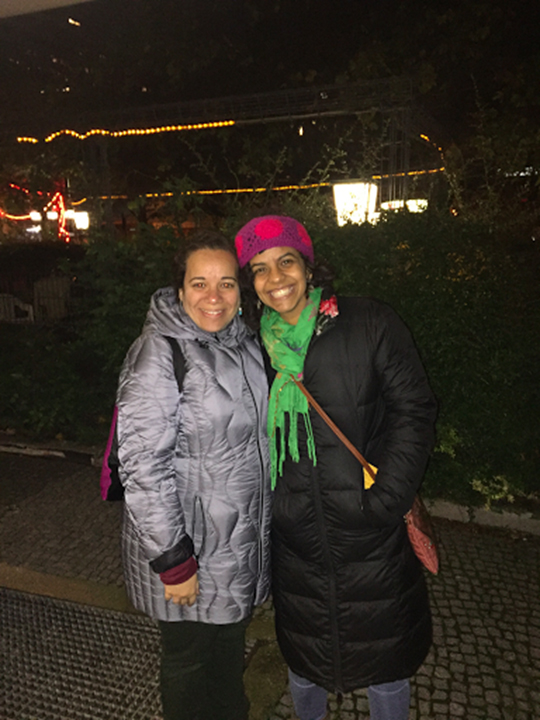
Sherine and Alia meet in Berlin in November 2017.
EthnoGRAPHIC novel?
What is ethnography?
Read Carole McGranahan’s article “What Makes Something Ethnographic?” published on the group blog Savage Minds: Notes and Queries in Anthropology, May 31, 2012
UTP ethnoGRAPHIC series
Read about this series in the article “ethnoGRAPHIC: Extending Anthropology’s Reach, One Comic at a Time,” from the blog Teaching Culture, coordinated by the Higher Education Division of the University of Toronto Press (UTP).
https://utorontopress.com/ca/books/by-series/ethnographic
http://www.utpteachingculture.com/ethnographic-extending-anthropologys-reach-one-comic-at-a-time/
Comics in academia: Why use comics?
Read the article by Simon Armstrong, “Why Academics Are Taking Comic Books Seriously,” BBC News, October 18, 2013
Lissa is a graphic novel written by academics Sherine Hamdy and Coleman Nye, and illustrated by artists Sarula Bao and Caroline Brewer. The complete graphic novel was released on November, 15 2017 as the debut title in the ethnoGRAPHIC series published by the University of Toronto Press.

